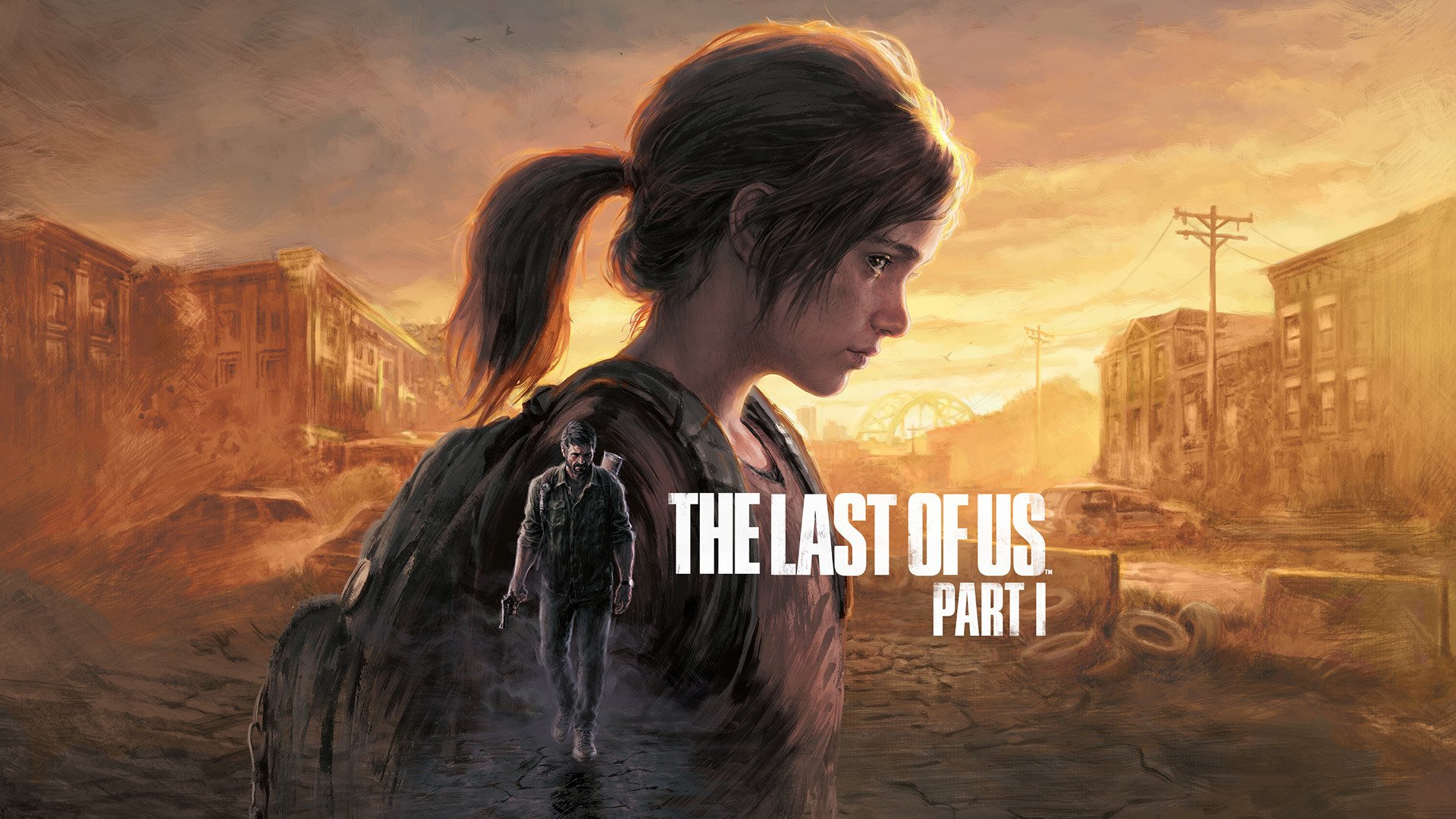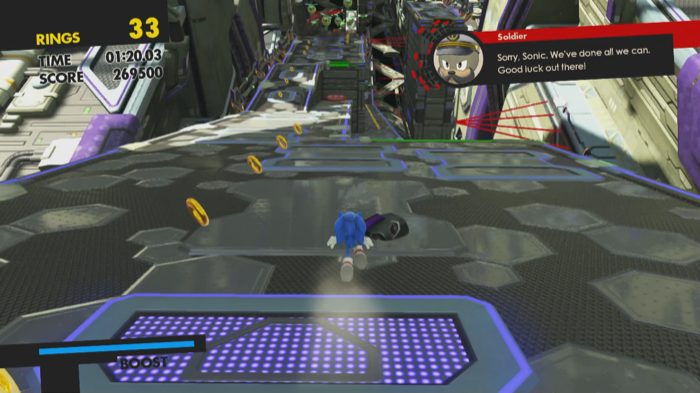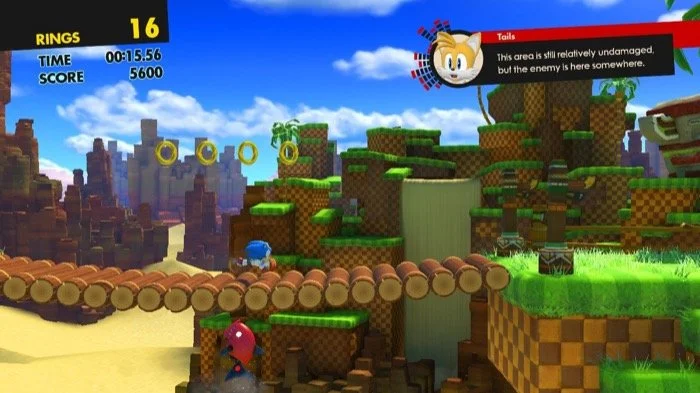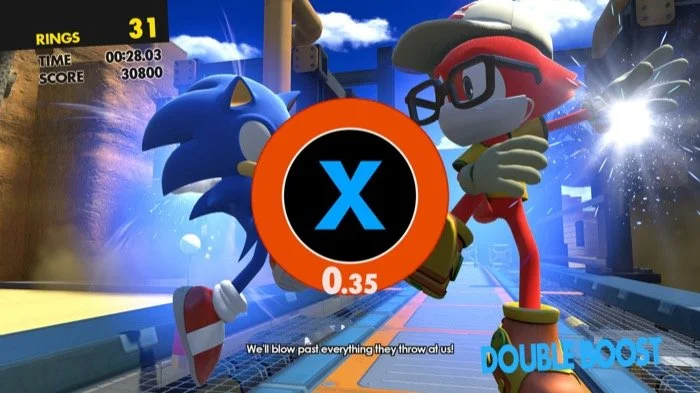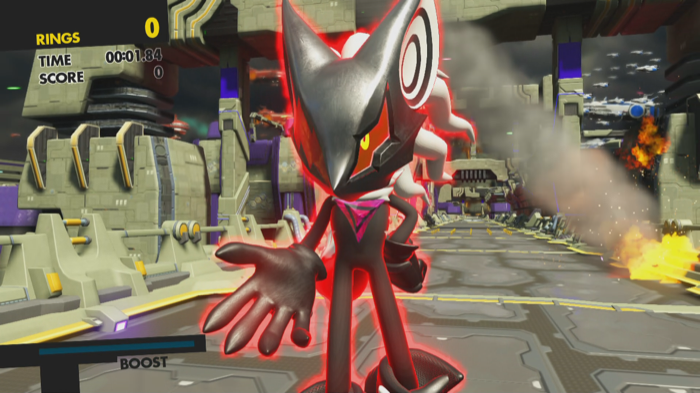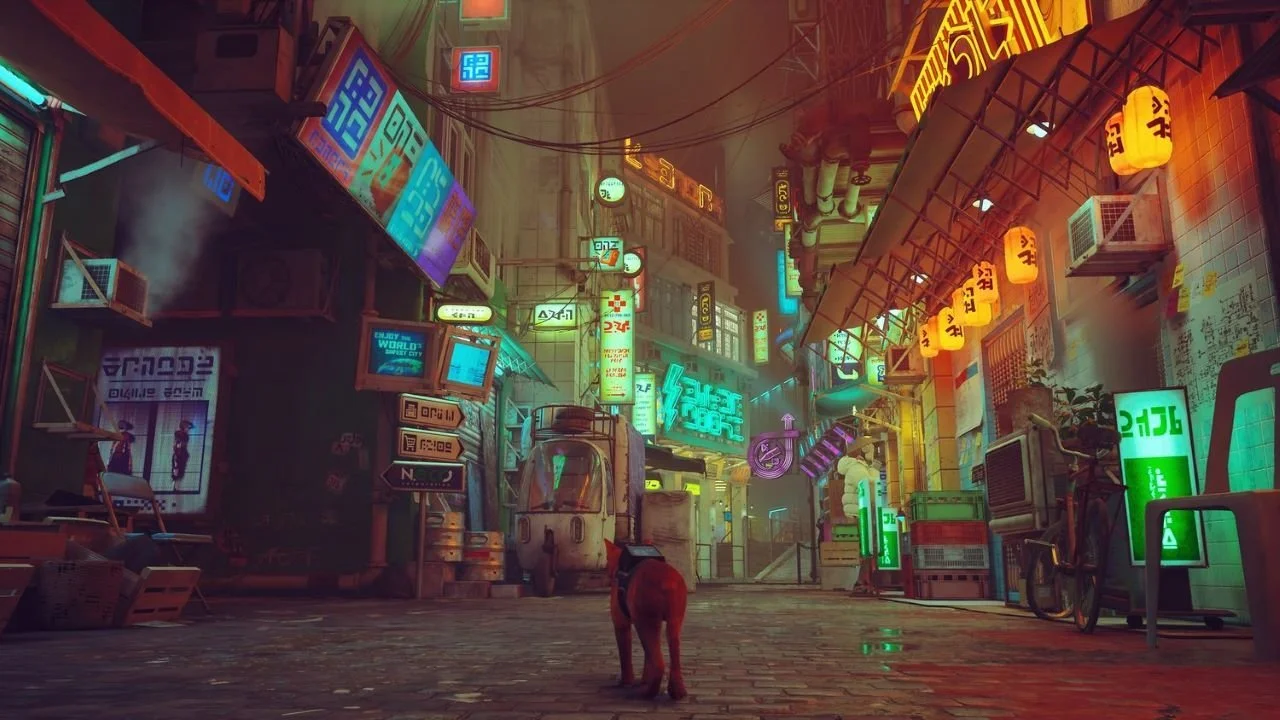Does 'Sonic Forces' Hold Up Five Years Later?
Image Source: Games Radar
The 2017 Sonic Forces is a rather polarizing title within the general gaming community and the Sonic fanbase at large. The game is not well regarded by most of the Sonic fanbase, with some even arguing it’s worse than the 2006 title Sonic the Hedgehog. Others praised it for its visuals, soundtrack, and new character creation system. Many critics, however, felt it to be a disappointment compared to the return to form 2D Sonic Mania that had been released that same year.
However, how does the game hold up nearly five years after its launch? Is it truly as bad as some say it is or is it a technically good game that feels incredibly empty? With Sonic Frontiers just around the corner, it seems like the perfect time to revisit the latest mainline Sonic release and see if it was as bad as some claim.
RELATED:
Image Source: Personal Screenshot from the Xbox One version
Gameplay
The gameplay of Sonic Forces is similar to 2011’s Sonic Generations. There are four main styles of gameplay: Modern Sonic, Classic Sonic, the custom character, and Tag-Team. With Modern Sonic, his gameplay is the same as it has been since Sonic Unleashed. His levels consist of 3D and 2D platforming sections. The boost returns and is fueled by the wisps from Sonic Colors and by attacking enemies. The stages are mostly linear with very few if any branching paths and plenty of the stages are rather short. Still, there are plenty of high-speed thrills to be had within these stages, and I find them to be probably among my most replayed in the game.
Image Source: Personal Screenshot from the Nintendo Switch version
Classic Sonic’s gameplay is similar to that of Sonic Generations. His stages consist of high-speed 2D platforming. Classic Sonic has the same moveset he had in Sonic Generations with the addition of the drop dash from Sonic Mania, which acts as a short burst of speed as the player rolls on the ground. The player can also utilize various power-ups and shield boxes that are scattered throughout the level.
Image Source: Personal Screenshot from the Nintendo Switch
The custom character is perhaps the highlight of Sonic Forces. For the first time, players can create their own character for use in the game. Their character is treated as a rookie to the Resistance, a force that has been formed after Dr. Eggman took over the world (more on that later). There are plenty of customization options, so players can let their imaginations run wild! The player can choose to make their character a hedgehog, bear, cat, dog, rabbit, bird, or wolf. Each species has its own gameplay benefits. Hedgehogs keep their rings longer when damaged, bears blow away their enemies when using the wire attack, cats hold on to some rings after being damaged, dogs start with some rings after being knocked out, rabbits have extended invincibility when hit, birds can double jump, and wolves draw in rings and extend the collection radius of collectibles such as Red Rings. I had a lot of fun creating and customizing my avatar and just seeing it goofily appear during the cutscenes.
Image Source: Personal Screenshot from the PC version
Gameplay-wise, the custom character plays and controls similarly to Modern Sonic. However, instead of a homing attack, the custom character uses a grappling hook to swing from targets placed throughout the stage. In addition, they are equipped with a weapon called a “wispon” that is unique to them. These allow them to also use the wisps that go with that wispon. It is an interesting new approach to the traditional 3D Sonic gameplay.
Image Source: Personal Screenshot from the PC version
Then there's the tag-team gameplay style. In these stages, Sonic teams up with the custom character, and the player can switch control between them during the stage. Certain obstacles can items can only be accessed by the custom character and vice versa. Sonic and the avatar can combine forces and use a “Double Boost” move that is triggered by pressing the boost button when prompted. This move gives the player an extra boost of speed and blows the enemies away. The tag-team style is another fine addition to the core gameplay, and these stages are perhaps among my second most revisited.
Image Source: Personal screenshot from the PC version
There is also the DLC mode called “Episode Shadow” in which the player can play as Shadow. The gameplay is the same as Modern Sonic’s gameplay, and it acts as a prequel to the main plot. It is an interesting little side addition to the main gameplay.
Overall, the gameplay is pretty much your standard Sonic fare similar to Sonic Colors and Sonic Generations (particularly due to the inclusion of Classic Sonic). Though the levels are often too linear and too short, they’re still interesting, and fun, and can have a fair level of difficulty. If you’re a Sonic fan, the gameplay loop will be mostly satisfying.
Image Source: Personal Screenshot from the PC version
Graphics
Graphically speaking, the game is rather beautiful. There are plenty of interesting lighting and shading effects, and the overall art direction of the game is a good fit for the Sonic franchise. The game is available on multiple platforms, and aside from the Switch version running at 30ps as opposed to 60fps like the PS4, Xbox One, and PC versions, there are no major differences between the graphics on each platform. However, I think the game looks stunning on PC specifically. The colors really pop, and the clarity is beyond even the Xbox One.
Image Source: Personal Screenshot from the PC version
Story
The story is an interesting change from the usual Sonic vs Dr. Eggman plots. This time, it appears that Eggman has won after teaming up with a jackal named Infinite. Infinite uses the power of the phantom ruby to manipulate reality, and he uses it to create “clones” of Sonic’s old enemies, such as Chaos, Shadow, Metal Sonic, and Zavok. After Sonic is defeated and captured, Eggman takes over, and the Resistance is formed. This is where the player’s custom character comes in. Recruited by Knuckles (the commander of the Resistance), the custom character is brought on as a rookie soldier sent on a rescue mission to save Sonic, who has been held captive and supposedly tortured for months. Meanwhile, Sonic’s two-tailed fox friend, Tails, encounters Classic Sonic (who is billed as being from a different dimension rather than the past), and he too joins in the fight. Once Sonic is rescued, the fight to reclaim the world from the clutches of Eggman begins.
Image Source: Personal screenshot from the PC version
This is an attempt to have a story that is slightly darker than the previous titles. Unlike the games since Sonic Colors, rather than the story being written by the team of Ken Pontac and Warren Graff, it is instead written by Eitaro Toyoda and Makoto Goya and adapted by the controversial team of Pontac and Graff. There are some interesting ideas and themes explored within the title such as loss, unity, and strength, and the stakes being higher this time around definitely gave this game an interesting edge.
Image Source: Personal screenshot from the PC version
Pros And Cons
There are a lot of pros to this title. First, it has plenty of fast-paced action and glorious set pieces. The gameplay loop is rather satisfying and oddly addicting. Graphically, it is very beautiful on any platform. The Japanese voice acting is pretty good and features the debut of Kotaru Nakamura as Dr. Eggman, replacing the late Chikao Ōtsuka. Another major pro of this game is the music. The game features several good tracks, especially the main theme “Fist Bump.”
Image Source: Personal screenshot from the Xbox One version
The cons are also plentiful, however. First, the darker themes of the story were not the best executed, especially given the English writing team’s style. Sonic seems in pretty decent shape for being supposedly tortured for six months, and while I do not expect this series about a super-fast blue hedgehog to delve into the horrors of war, the fact that there is seemingly no impact on Sonic from being in captivity for so long makes that plot point not have the weight it should. The story and its presentation also suffer a lot from a case of telling more than showing. Several vital plot points are told merely through text. Furthermore, the English voice acting is a bit of a mixed bag mainly due to the direction and writing. Mike Pollock knocks it out of the park as Eggman, but the rest, while talented in their own right, do not deliver the best and most consistent vocal performances.
However, perhaps the biggest wasted opportunity in the plot of the game was the character Infinite. The antagonist has a rather underdeveloped backstory, with his primary motivation being revenge due to being called weak by Shadow. There is certainly a story to be told with the character and his jackal squad, but very little of it is explored. He is seemingly portrayed as simply an edgy villain with a supposedly deep backstory that is not really that deep.
The cons gameplay-wise have mainly to do with the level design and control. Level design-wise, there is way too much automation and linearity. There are several moments where it feels like the game controls itself. Control-wise, while the controls are mostly tight, there are times, especially in the tag-team mode, when jumping and other movement feels a little floaty and imprecise.
Image Source: Personal screenshot from the PC version
Verdict
Sonic Forces gets a bad rap from a huge portion of the Sonic fanbase and the gaming community at large, but I honestly had a lot of fun revisiting this game. The gameplay is fun and exciting, and I had a hard time putting it down. However, there’s an emptiness that surrounds the game. The game can easily be completed in one sitting, and after the main story is completed, I feel myself searching for more stuff to do in the game but not finding much more to do. However, if I want a quick little burst of Sonic fun outside of the mobile titles, this is definitely one of the titles I turn to. The game has also gone down in price on several storefronts. It’s currently $19.99 on the Nintendo Switch eShop, Xbox Store, and PlayStation Store and $39.99 on Steam. You can purchase it physically for around the same price as the digital console versions. Overall, Sonic Forces is a decent game, but it had the potential to do so much more.
Rating: 6.5/10
Developer: Sonic Team; Publisher: SEGA; Players: 1; Released: November 7th, 2017; ESRB: E10+ for Fantasy Violence; MSRP: $19.99 on consoles, $39.99 on Steam
Review played on Nintendo Switch, Xbox One, PC
READ NEXT:


